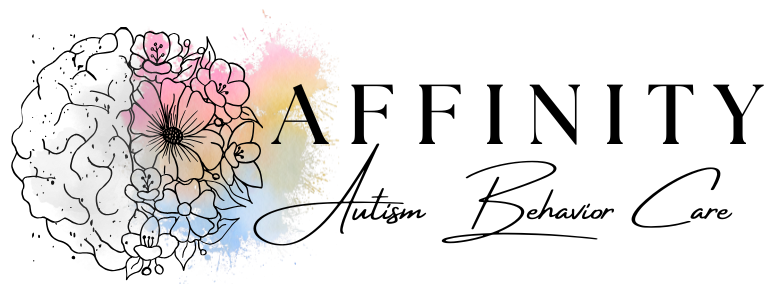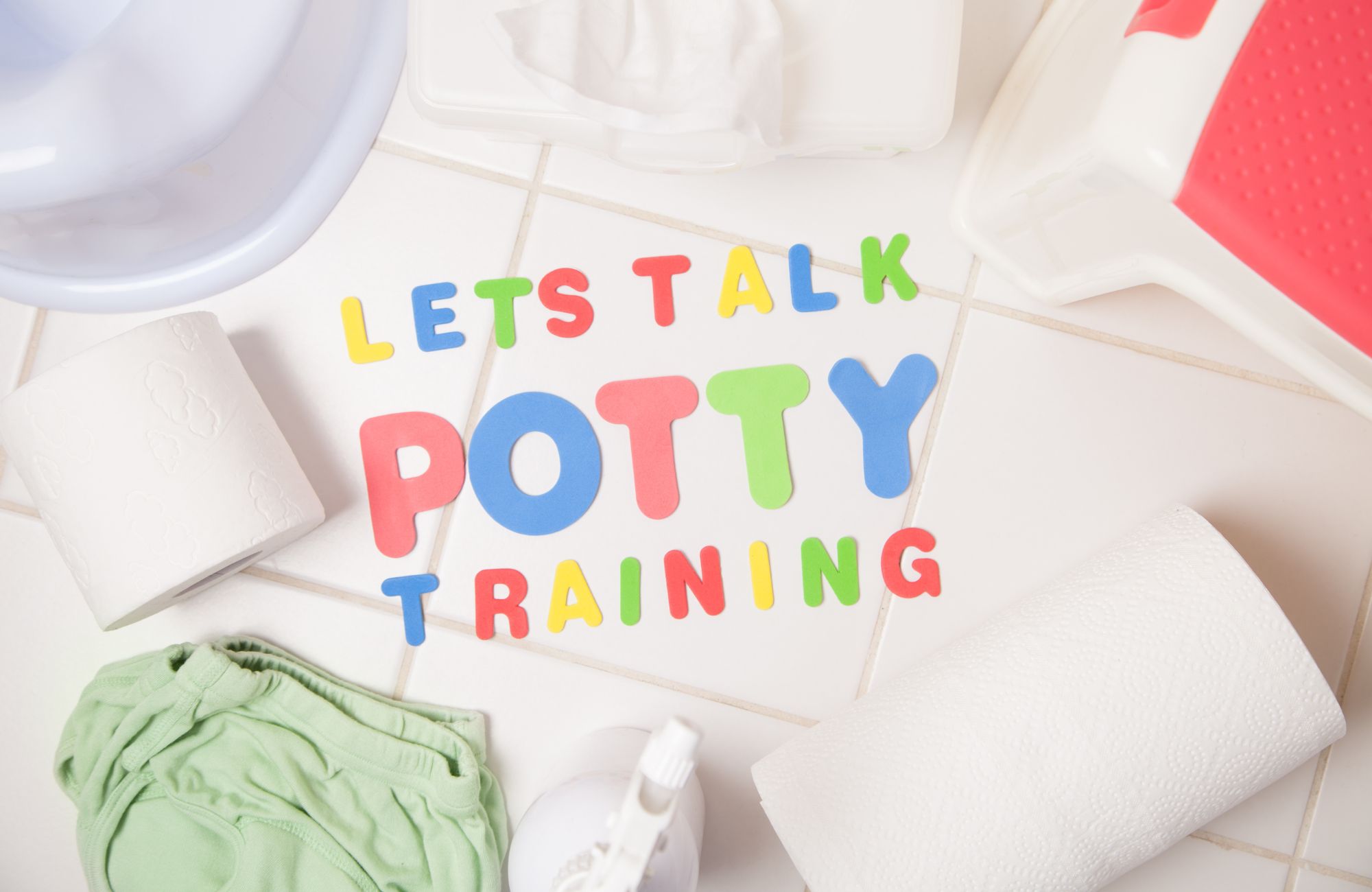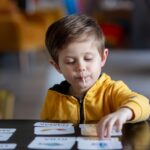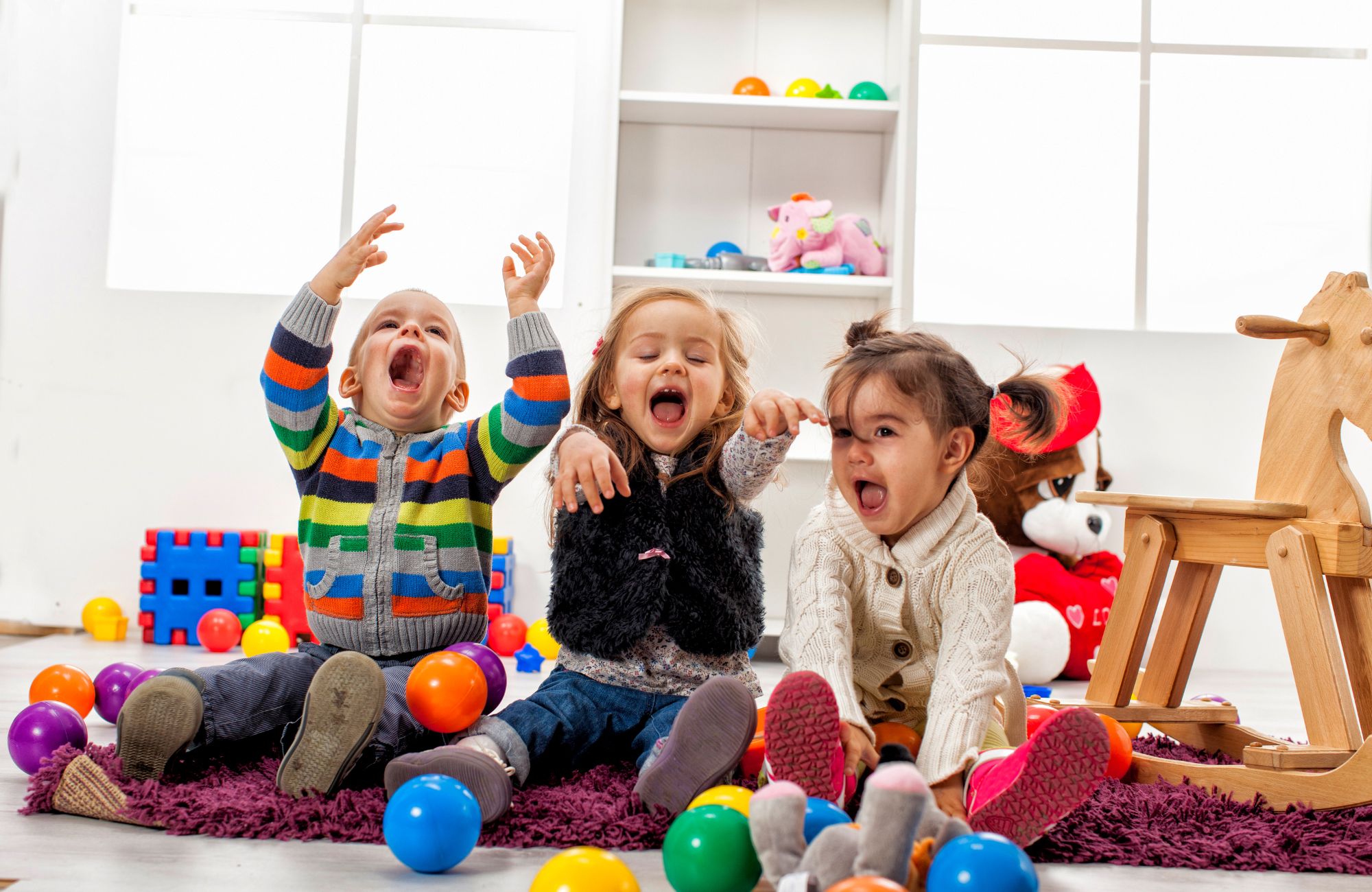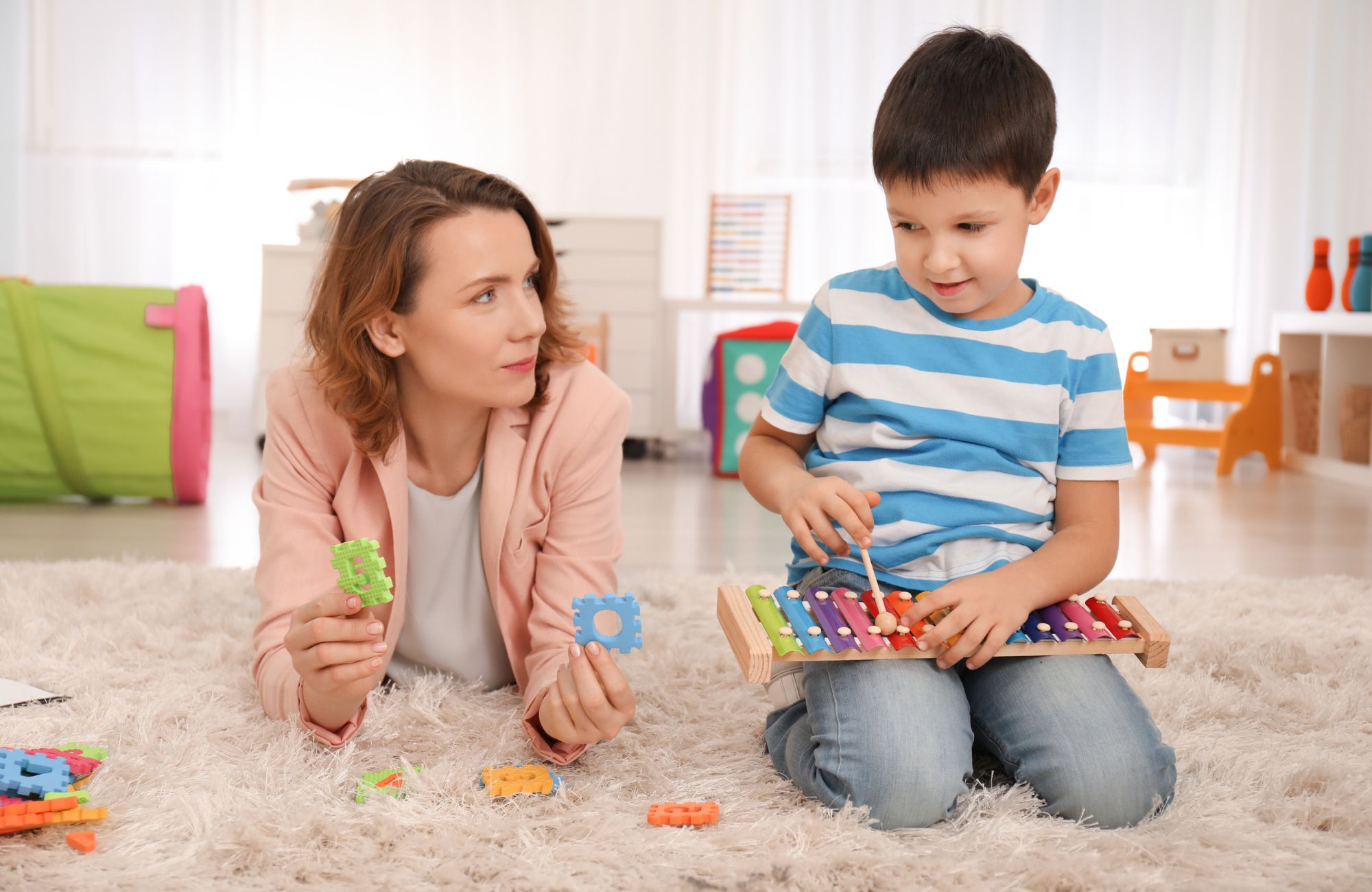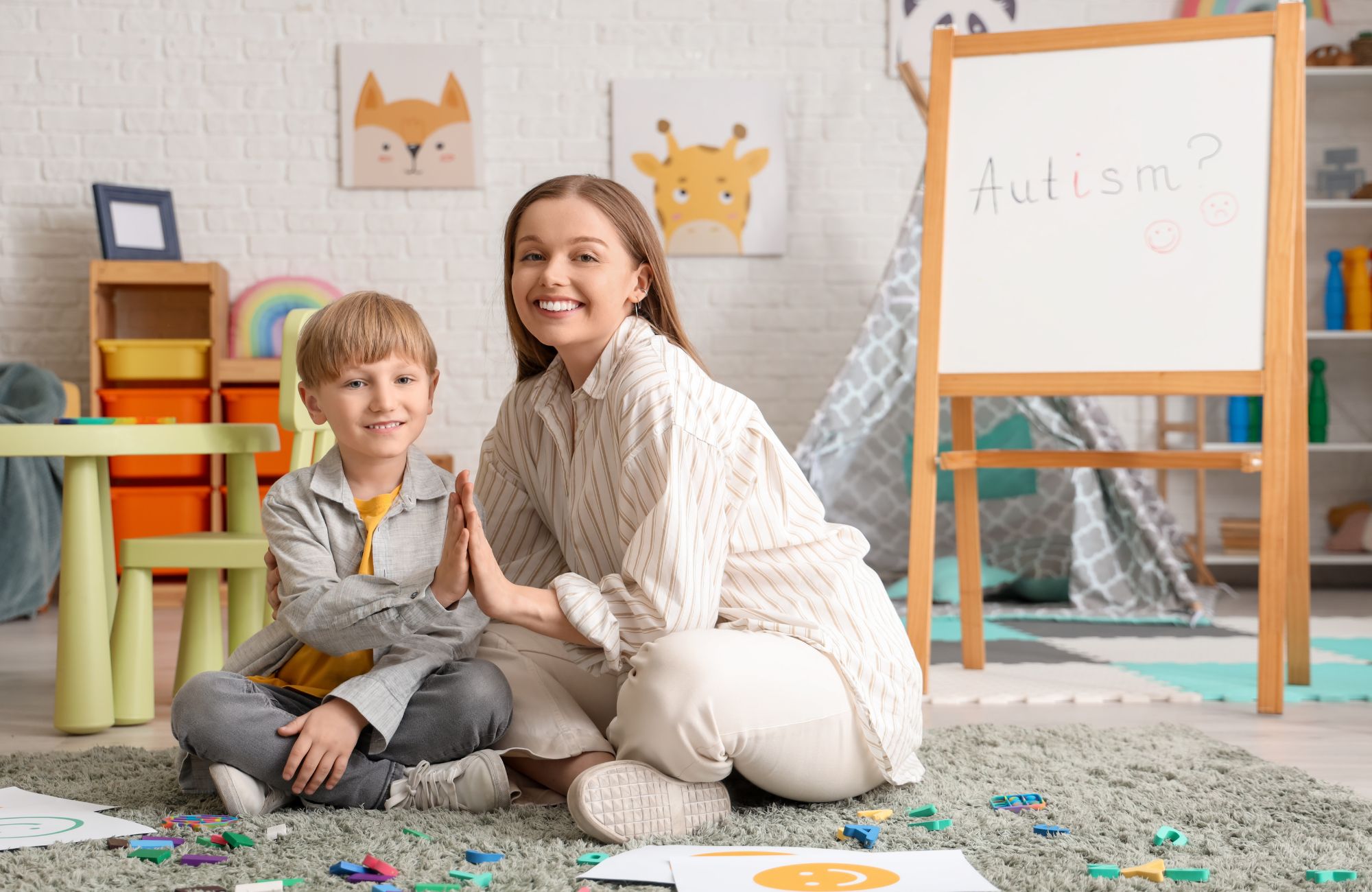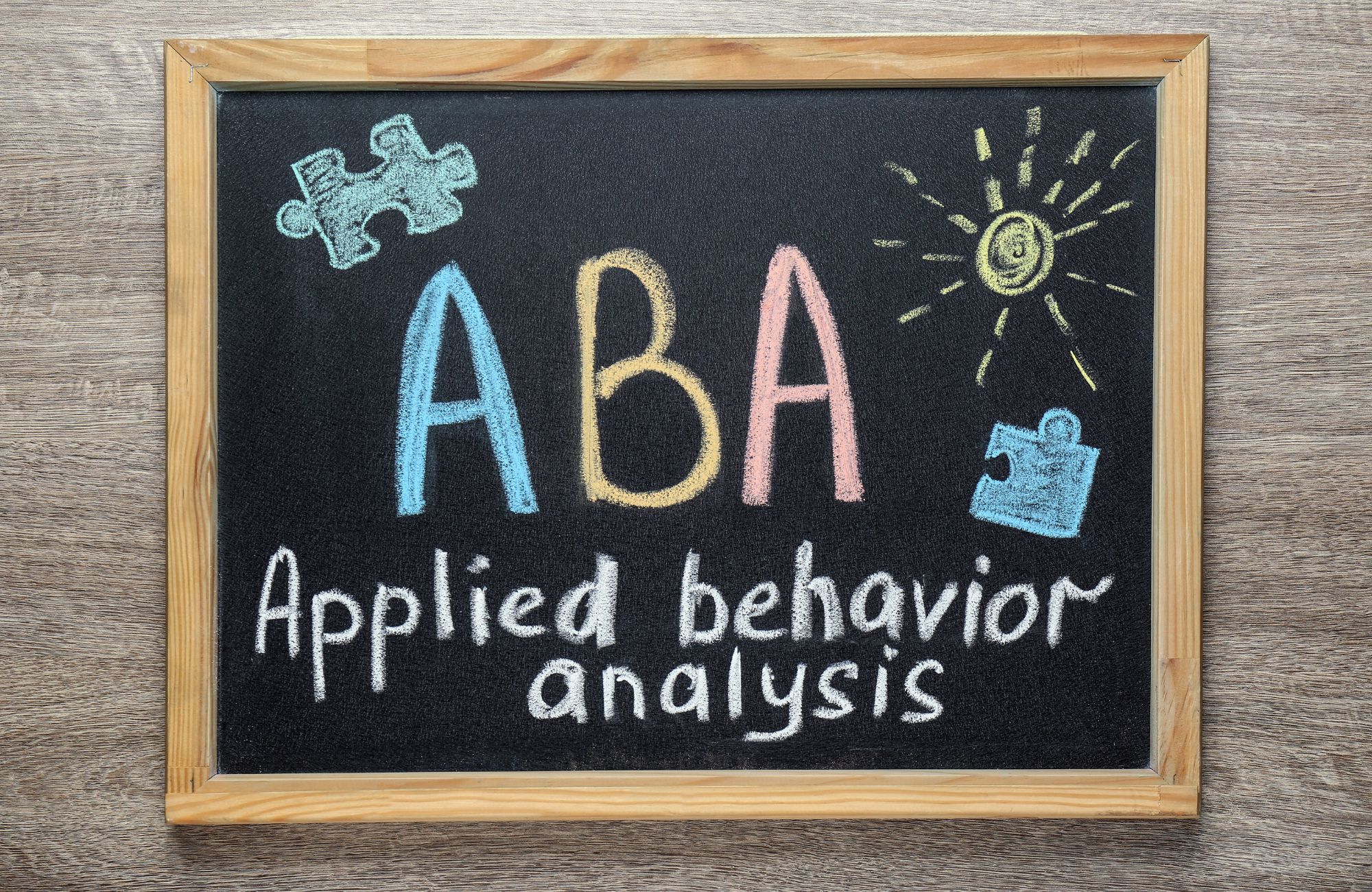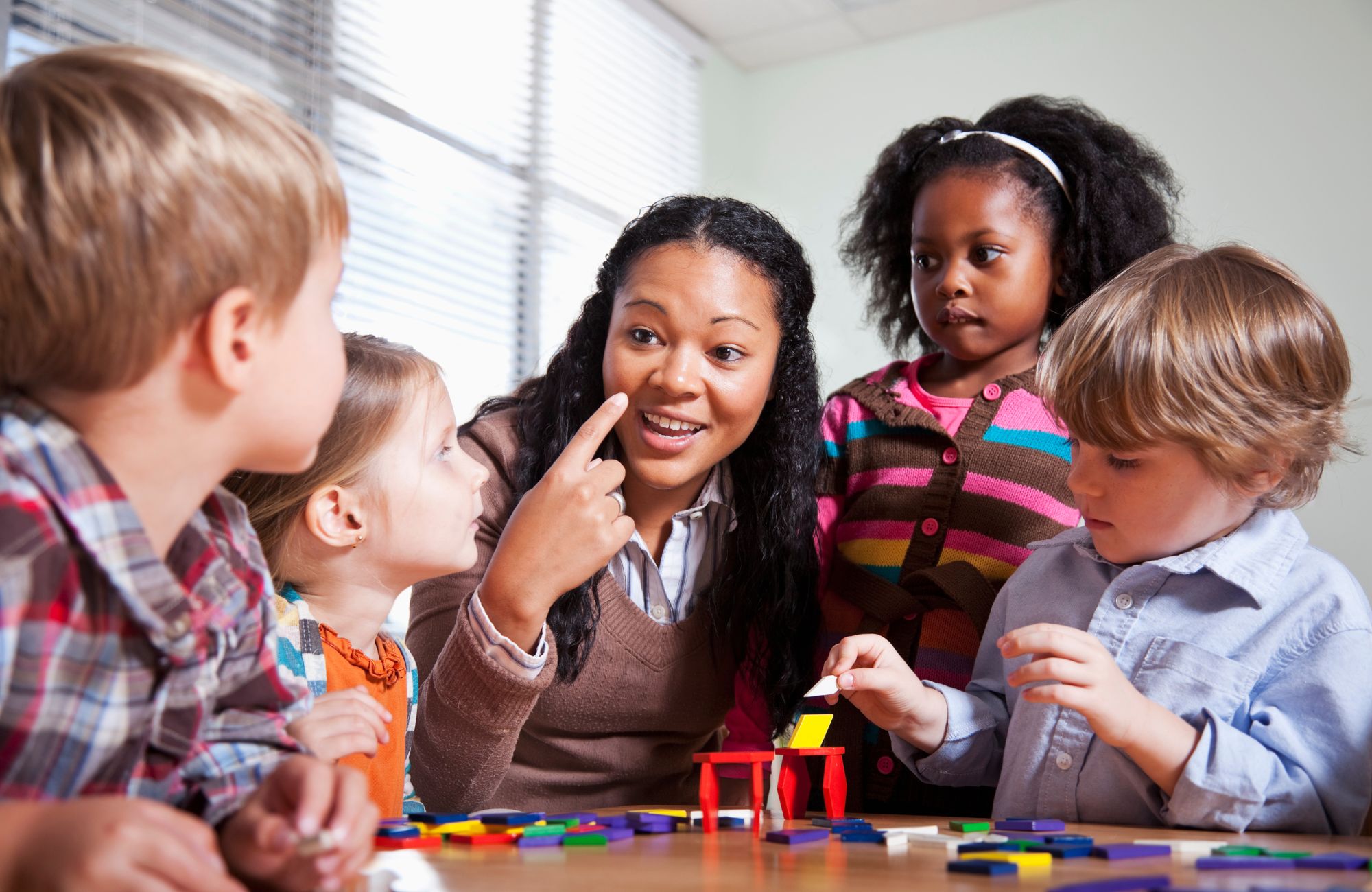Potty training can feel overwhelming, especially when typical methods don’t seem to work. While most children are toilet trained by age 3, research shows that nearly half of autistic children are still not trained by age 4 to 5. That’s because children on the spectrum often face sensory sensitivities, communication challenges, and routines that make potty training more complex.
This guide is here to help with practical, evidence-based strategies designed specifically for potty training autism. Whether you’re just beginning or facing setbacks, you’ll find tools and tips that support your child’s journey toward bathroom independence with patience and confidence.
Understanding Toilet Training and Autism
Autism spectrum disorder affects how children learn, communicate, and process sensory information—all critical components in successful toilet training. Before diving into specific strategies, it’s essential to understand how autism traits might impact your child’s potty training experience.
How Autism Affects Potty Training
- Communication Challenges: Many autistic children have delayed language skills, making it hard to follow toilet training instructions or express when they need to go. Limited verbal ability can make recognizing and communicating bathroom needs especially difficult.
- Sensory Processing Differences: Sensory sensitivities can make bathroom environments overwhelming. Loud flushing sounds, bright lights, or the feel of the toilet seat may cause distress, while some children may not notice body signals that it’s time to go.
- Resistance to Changes in Routine: Shifting from diapers to toilet use can disrupt familiar routines, leading to anxiety or resistance. Many children with autism rely on consistency, so this change can be particularly challenging.
- Executive Functioning Challenges: Planning, sequencing steps, and transitioning between activities can be difficult for children with autism. The toilet training process involves multiple sequential steps that must be remembered and followed in order.
Understanding these challenges helps parents approach potty training with realistic expectations and develop strategies that work with their child’s unique learning style rather than against it.
Signs of Readiness for Toilet Training
While typically developing children often show readiness for toilet training between 18 months and 3 years of age, children with autism may demonstrate readiness at a later age. It’s important to look for specific indicators that your child is physically and cognitively ready to begin the potty training process.
Physical Readiness Indicators
- Staying dry for at least 2 hours at a time (indicating developing bladder control)
- Having regular, formed bowel movements at predictable times
- Ability to sit down and get up from a seated position
- Motor skills to pull pants up and down
- Walking steadily without assistance
Cognitive Readiness Indicators
- Following simple, one-step instructions
- Understanding basic cause and effect
- Showing some awareness of being wet or soiled
- Displaying interest in the bathroom or toilet
- Demonstrating discomfort with wet or soiled diapers
Many autistic children may not show typical signs of potty training readiness, like discomfort with wet diapers or interest in the toilet. Instead, look for signs like understanding basic instructions. Before starting, it’s important to check with your child’s pediatrician to rule out medical issues like constipation, which is more common in children with autism.
Pre-Training Preparation
Successful potty training begins with thorough preparation. Taking time to create the right environment and teach prerequisite skills can significantly increase your chances of success.
Medical Assessment and Considerations
Before starting toilet training, schedule a check-up with your child’s healthcare provider to discuss any gastrointestinal issues, medication side effects, nutritional needs, and to rule out medical conditions that could complicate the process.
Creating a Supportive Environment
Modify the bathroom environment to address your child’s sensory needs:
- Adjust the lighting if your child is sensitive to bright lights
- Provide noise-canceling headphones if flushing sounds are distressing
- Ensure the bathroom temperature is comfortable
- Use a toilet insert and stool so your child can sit comfortably with feet supported
- Remove distracting items from the bathroom
- Consider a visual privacy screen if needed
Building Prerequisite Skills
Before focusing on actual toilet use, help your child master these important skills:
- Dressing/Undressing Practice: Teach your child to pull pants up and down independently. Choose clothes with elastic waistbands and avoid complicated fasteners.
- Hand Washing Routine: Establish a consistent hand washing routine using visual supports if needed.
- Sitting Practice: If your child resists sitting on the toilet, start with fully clothed sitting for short periods (30 seconds), gradually increasing duration over time to 3-5 minutes.
- Transition Planning: Prepare your child for the change from diapers to underwear by discussing it using social stories or other visual supports.
- Schedule Management: Begin tracking your child’s natural elimination patterns to identify optimal times for toilet sits.
Taking time to establish these foundational skills can make the actual toilet training process much smoother for both you and your child.
Comprehensive Training Approaches
When you’re ready to begin active toilet training, remember that consistency and structure are key. Different approaches work for different children, but all successful methods share common elements.
Breaking Down the Process
Potty training involves many steps, so break the process into smaller, manageable parts—like recognizing the need, communicating it, using the toilet, and washing hands. Teach each step one at a time using methods that suit your child, such as visual cues, modeling, or simple verbal instructions.
Building a Consistent Bathroom Schedule
Offering regular, scheduled bathroom trips helps build potty training success. Start with consistent times—like after meals or before bedtime—and aim for visits every 30–60 minutes during early training. As your child succeeds, gradually space out the trips. Visual timers can help them understand when it’s time to go, and the routine often works well for children with autism.
Fluid Management Strategies
Strategic fluid management can boost potty training success by creating more chances to practice. Offer favorite drinks 15–20 minutes before scheduled toilet times, increase fluids during the day, and reduce them before bedtime if focusing on nighttime training. Keep in mind that some foods and drinks can affect bathroom habits.
Teaching Body Awareness
Help your child recognize the physical sensations associated with needing to use the toilet:
- Use simple, consistent language to describe bodily sensations
- Point out connections between drinking fluids and needing to urinate
- Help your child identify their own signals (squirming, holding themselves, facial expressions)
- Use dolls or social stories to demonstrate the connection between body sensations and toileting
Communication Strategies
Effective communication is crucial for successful toilet training. Adapt your approach to match your child’s communication abilities and preferences.
Using Concrete, Consistent Language
- Choose simple, clear terms for toileting functions (e.g., “pee,” “poop,” “toilet”)
- Use the same words consistently across all environments and caregivers
- Keep instructions short and direct: “Time for toilet” rather than “Do you need to use the potty now?”
- Avoid asking yes/no questions about needing to use the toilet, as children may say “no” to avoid the bathroom
Supporting Nonverbal Communication
For children with limited speech, develop alternative ways to communicate toileting needs:
- Simple Signs or Gestures: Teach a consistent sign or gesture for “bathroom” or “toilet.”
- Picture Cards: Create portable bathroom communication cards your child can carry or access easily
- Voice Output Devices: Program communication devices with appropriate toileting vocabulary
- Picture Exchange Communication System (PECS): Implement a structured system for requesting bathroom breaks
Visual Supports for Communication
Visual supports help bridge communication gaps:
- Bathroom Request Cards: Create a card your child can hand to adults when they need the bathroom
- Visual Schedules: Post visual reminders of bathroom times throughout the day
- First-Then Boards: Show “First toilet, then (preferred activity)” to establish expectations
- Visual Choice Boards: Offer visual options for toilet-related choices (which bathroom to use, standing or sitting, etc.)
Remember that communication systems need to be accessible throughout the day and across all environments for consistency and success.
Evidence-Based Teaching Methods
Several evidence-based approaches have proven effective for teaching toilet training to children with autism.
Visual Supports
Visual supports are particularly helpful for children with autism, who often process visual information more effectively than verbal instructions:
- Step-by-Step Schedules: Create a visual guide showing each step of the toileting routine in sequence
- Timer Visuals: Use visual timers to help your child understand how long to sit on the toilet
- Visual Cues: Place picture reminders near the toilet for each step (flush, wash hands, etc.)
- Before and After Visuals: Show what happens before and after using the toilet
Social Stories
Social stories, developed by Carol Gray, help children with autism understand social situations like using the toilet. Create a personalized story that explains why we use the toilet, addresses your child’s specific challenges, and uses simple language with supportive images. Read it regularly before and during toilet training to reinforce the routine and expectations.
Video Modeling
Video modeling uses visual learning, a strength for many autistic children, to teach toilet skills. Show videos that demonstrate each step, ideally from the child’s perspective. Watch them regularly, pair them with practice, and celebrate when your child copies what they’ve learned.
Positive Reinforcement Strategies
Positive reinforcement encourages progress by rewarding success. Use motivators tailored to your child—whether it’s praise, a favorite toy, or a sticker chart—and give them right after a toileting success. As your child builds skills, slowly reduce rewards but keep encouragement strong.
Addressing Sensory Challenges
Sensory processing differences often present significant barriers to toilet training for autistic children. Understanding and addressing these challenges can make the bathroom a more comfortable environment.
Sensory Accommodations
For each challenge, consider possible accommodations:
- For Auditory Sensitivities: Help manage sensory sensitivities by using quieter bathrooms, allowing noise-canceling headphones, and letting your child control or avoid flushing.
- For Visual Sensitivities: Create a calming bathroom environment by dimming lights, minimizing decorations, using solid-colored curtains, and offering sunglasses if needed.
- For Tactile Sensitivities: Make the bathroom more comfortable by using warm seat covers, softer wipes, easy-to-remove clothing, and letting your child explore the space when relaxed.
- For Proprioceptive Issues: Support your child’s stability by using a toilet insert, providing a step stool, adding grab bars, or starting with a potty chair if needed.
- For Olfactory Sensitivities: Use unscented cleaners, good ventilation, and pleasant scents to manage bathroom odors and keep the space comfortable.
Generalizing Skills Across Settings
Once your child begins to master toilet use at home, the next challenge is generalizing these skills to other environments.
School and Daycare
To support consistency, share your potty training strategies with teachers, use the same visual aids, visit school bathrooms during quiet times, and set up clear communication between home and school—consider adding toileting goals to your child’s IEP.
Public Restrooms
Public restrooms can be overwhelming for children with autism due to unfamiliar sights, sounds, and routines. Ease the transition by gradually practicing in quieter bathrooms, using a portable toileting kit with familiar items, preparing with social stories, and bringing a portable toilet seat to maintain consistency.
Working with Professionals
Don’t hesitate to seek professional support for toilet training:
- Pediatrician: Rule out medical issues and provide guidance
- Occupational Therapist: Address sensory processing and motor planning
- Behavior Analyst: Develop structured training protocols using applied behavior analysis
- Speech-Language Therapist: Support communication strategies
- Special Education Teacher: Coordinate school-based support
Many parents find that a team approach yields the best results, with different professionals addressing different aspects of the toilet training process.
Conclusion
Potty training a child with autism comes with unique challenges, but with the right approach, patience, and understanding, success is absolutely possible. From breaking the process into manageable steps to addressing sensory needs and building communication strategies, every effort you make is a step toward your child’s independence. By tailoring the training to fit your child’s learning style and providing consistent support across settings, you’re laying the foundation for long-term success and confidence.
At Affinity ABC in New Mexico, we’re here to support you every step of the way. Our experienced team understands the complexities of potty training and offers personalized guidance using evidence-based strategies. If you’re ready for expert help in navigating this journey, contact us today to schedule a consultation and give your child the tools they need to succeed.
FAQs
At what age is an autistic child potty-trained?
While typically developing children often master toilet training between ages 2-3, children with autism often show readiness later and may not be fully trained until ages 4-7, with some requiring additional toilet training tips tailored to their developmental and physical disabilities.
Do autistic kids potty train easily?
Most autistic children face unique challenges when parents begin potty training due to sensory sensitivities, communication difficulties, and resistance to routine changes, making the process generally more complex and time-consuming than for typically developing children.
What are the dos and don’ts of autism?
DO: Establish a consistent toilet routine, use visual supports, provide sensory accommodations, celebrate small successes, and stay patient. DON’T: Rush the process, show frustration over accidents, use inconsistent language, force physical compliance, or compare progress to typically developing peers.
How do I know when my autistic child is ready to potty train?
Look for signs like staying dry for 2+ hours, showing interest in the bathroom, recognizing when they’re wet/soiled, having regular bowel movements, following simple instructions, and having the motor skills needed for toilet training children with autism to be successful.
